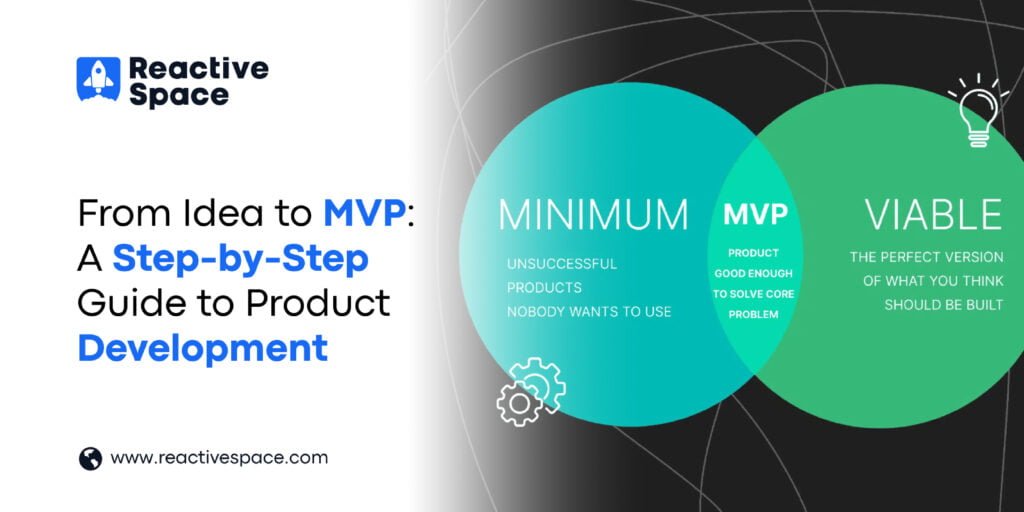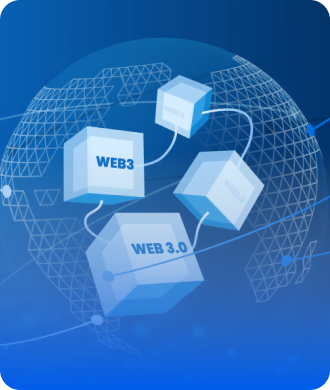
What is MVP?
MVP stands for Minimum Viable Product. It is a version of a product with enough features to satisfy early customers and provide feedback for future development. The primary goal of an MVP is to quickly validate a product idea with the least amount of effort and resources. By developing an MVP, businesses can test their idea, gather feedback from real users, and make informed decisions about future development iterations.
Importance of MVP development for startups:
MVP development is crucial for startups as it helps them test their ideas with minimal investment and gather valuable feedback from early users. By focusing on essential features, startups can enter the market quickly, reduce time to market, and allocate resources efficiently. The iterative nature of MVP development allows startups to continuously improve their product based on user feedback, fostering innovation and ensuring market relevance. Overall, MVP development enables startups to validate their ideas, minimize risks, and create successful products tailored to their target audience.
Purpose of an MVP:
The aim of creating an MVP is to swiftly introduce a product based on a validated idea, all while keeping costs low. MVP development solutions enable businesses to gather valuable user feedback for the initial product, which can then be incorporated into future iterations. With an MVP, it becomes possible to identify the target audience, refine ideas through practical experience, and streamline the development process, ultimately saving time.
How to develop a Minimum viable product development company?
Turning your idea into a real product is a crucial step in Minimum viable product development companies. To succeed, you need a clear plan and strategy. This guide will help you in steps to turn your idea into a Minimum Viable Product (MVP), from concept to launch. Whether you are an entrepreneur or just starting out, this guide will help you bring your vision to life.
Market Research:
Before developing an idea, make sure it meets the needs of your target audience. Conduct surveys and gather information to increase the chances of success. Research your competitors and find ways to make your product the best in all aspects. This will help you create a product that meets market needs and gives you a competitive edge.
Idea Generation:
The first step is to find the problem to solve, conduct thorough market research with potential users, and design your idea to ensure there’s demand for the product. Use techniques like surveys, interviews, and prototyping to gather valuable feedback and refine your concept. With this strategy, you’ll create a product that meets the real needs of market demands.
Define Your MVP:
With a confirmed idea in hand, it’s time to define your Minimum viable product. Remove all non-essential features and focus on the core functionality that addresses your user’s needs. Your MVP should be simple, user-friendly, and capable of delivering value to early adopters. Create a detailed roadmap focused on the key features and functionalities of your Minimum Viable Product, keeping scalability and future iterations in mind.
Design and Prototyping:
Once you’ve defined your MVP, it’s time to bring it to life through design and prototyping. Work with UX/UI designers to create interfaces of your Minimum Viable Product agile mocks, and prototypes that visualize the user experience. Refine your designs based on feedback from stakeholders and potential users, ensuring your MVP meets their needs and exceeds their expectations.
Development and Testing:
With the final design, it’s time to turn your vision into reality through minimum viable product development. Collaborate with Reactive Space for a skilled development team or utilize development tools and platforms to build your MVP. Adopt agile development methodologies to iteratively develop and test your product, fixing bugs and refining features along the way. Prioritise functionality, security, and performance to ensure your MVP meets quality standards.
Launch MVP:
Launching a Minimum viable product is an important step in product development, where the core features are brought to life based on market insights and user needs. It signifies a strategic move towards designing the product concept with minimal resources and maximum impact. While the Minimum Viable Product (MVP) is not the final product, it plays a crucial role in meeting customer needs and collecting valuable feedback for iterative improvements. The launch of a Minimum Viable Product (MVP) demands careful consideration of user experience, functionality, and alignment with market demands to ensure its effectiveness in addressing user needs and preferences.
Final Words:
The journey from idea to MVP is a critical step in product development for startups. MVP, or Minimum Viable Product, is the initial version of a product with enough features to satisfy early customers and gather feedback for future development. By focusing on core features and getting feedback through market research, startups can confirm their ideas, reduce risks, and enter the market quickly. The iterative nature of MVP development allows for continuous improvement based on user feedback, promoting innovation and ensuring market relevance. By following the steps outlined in this guide, entrepreneurs can navigate the MVP development process effectively and bring their vision to life successfully.



